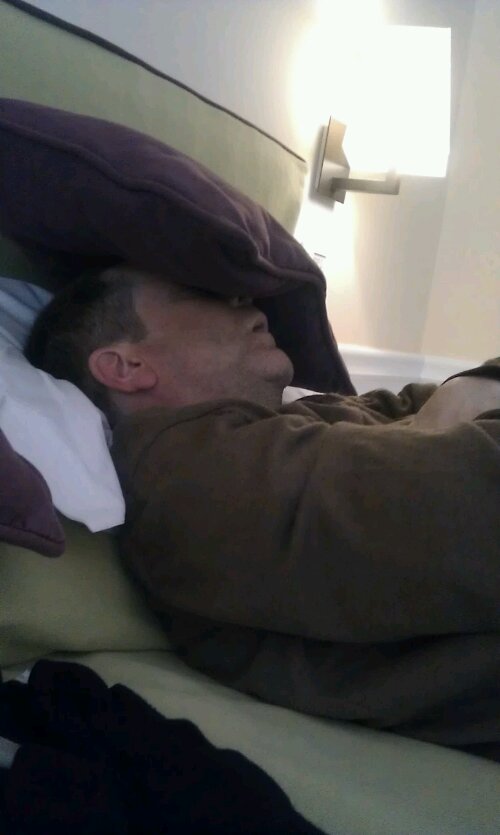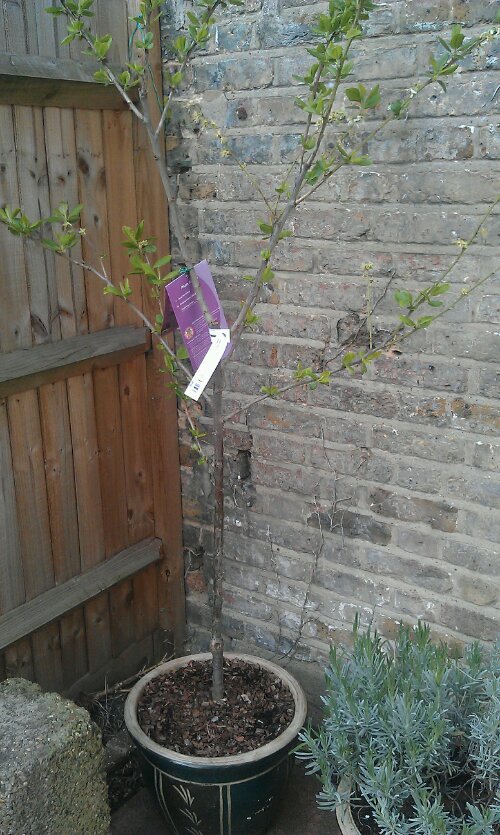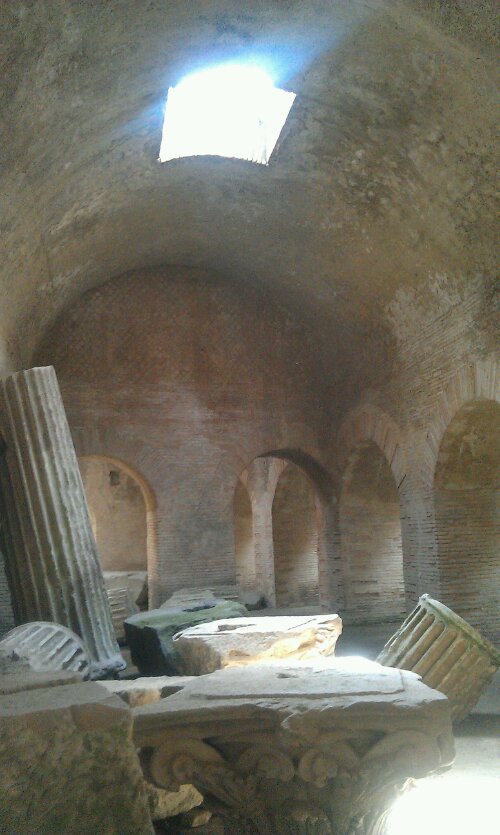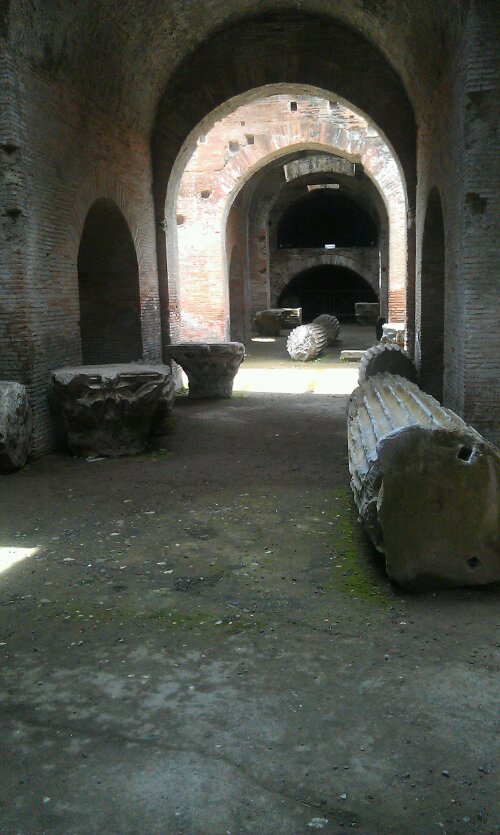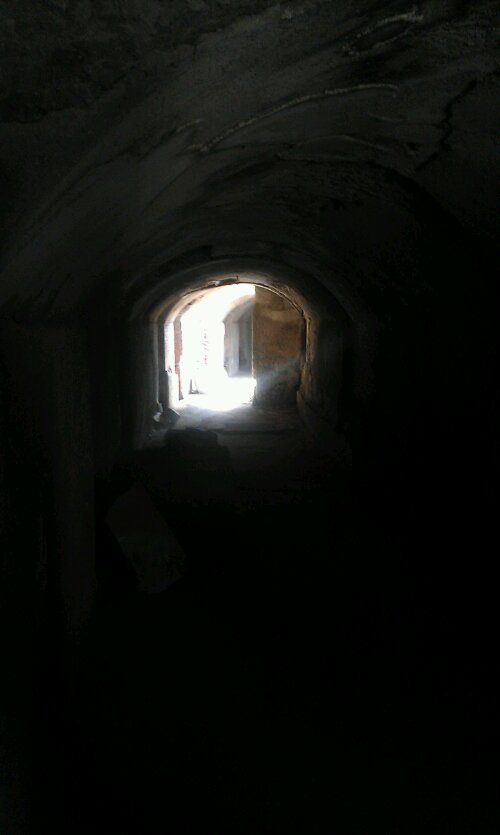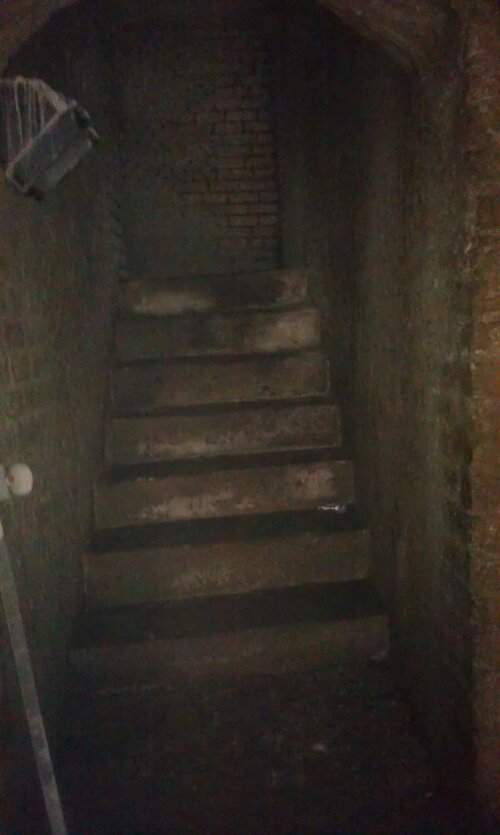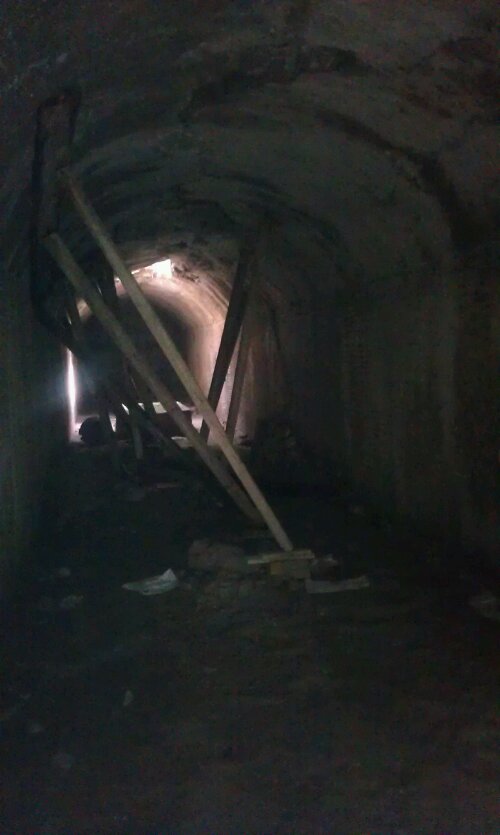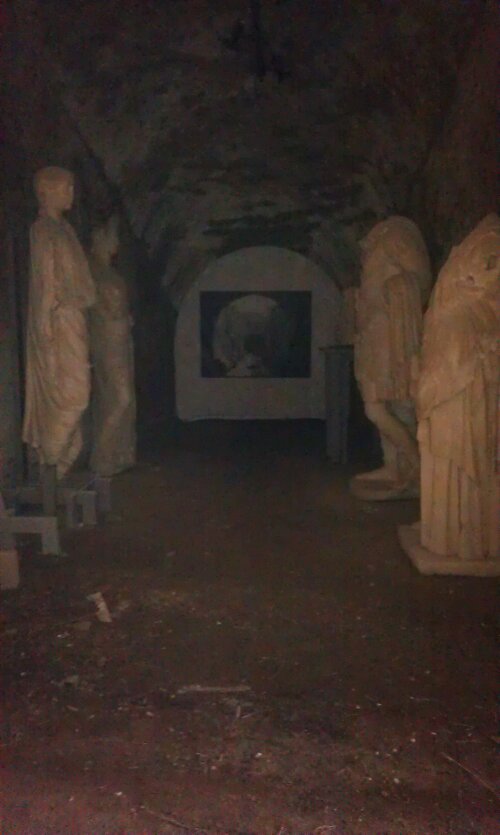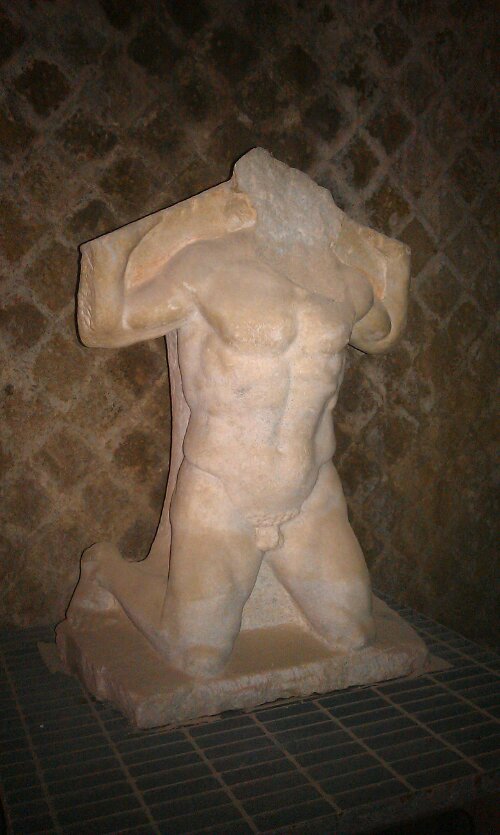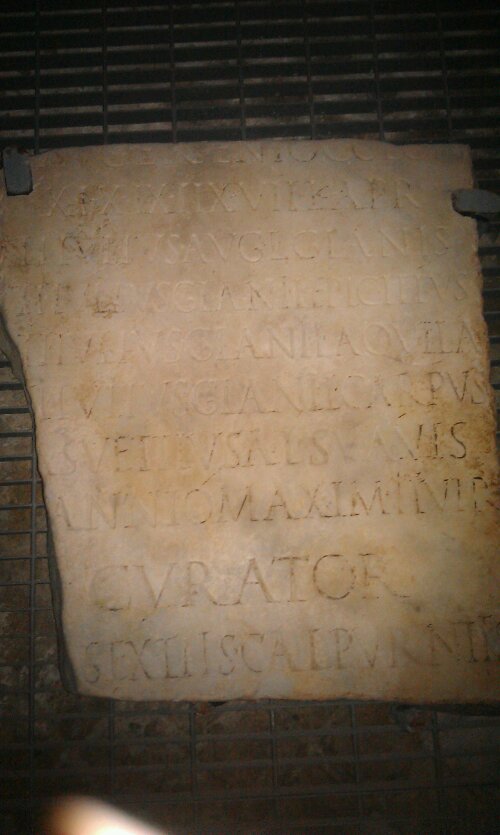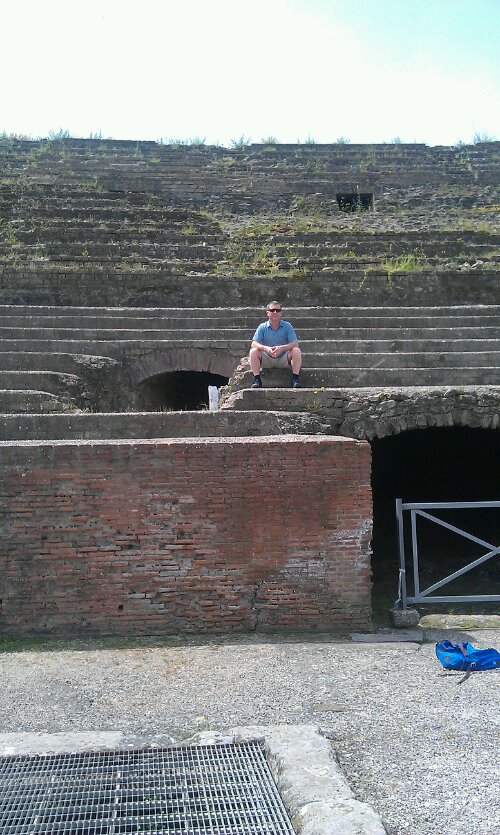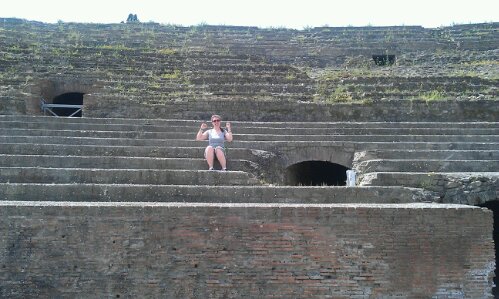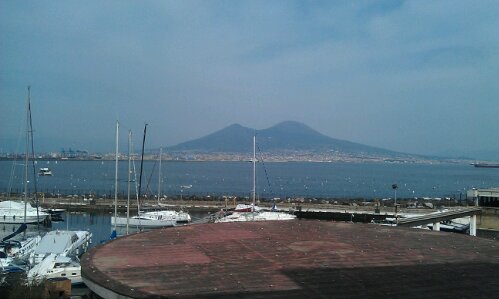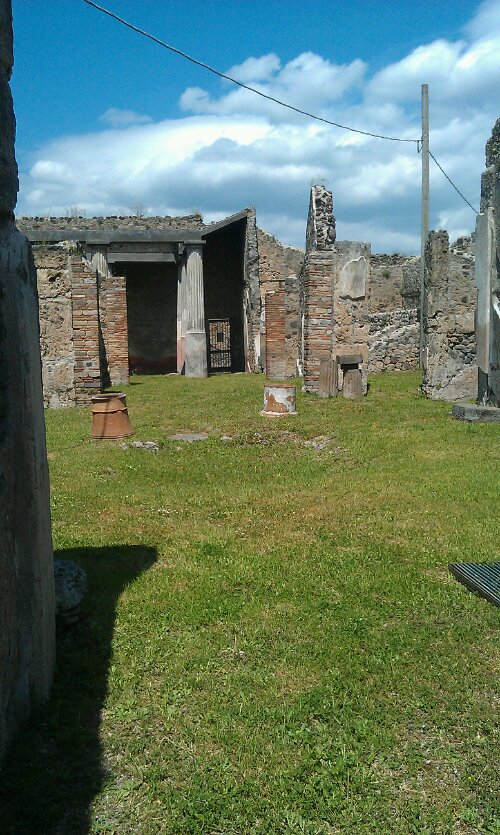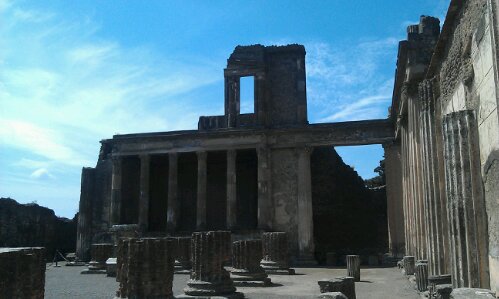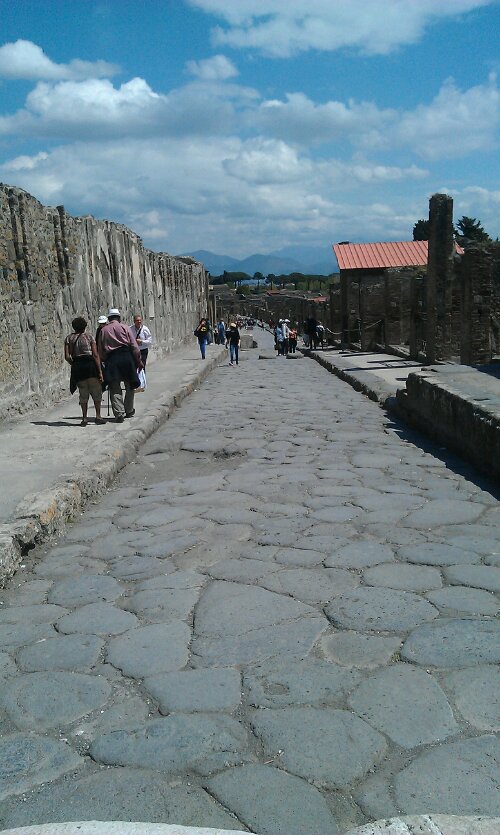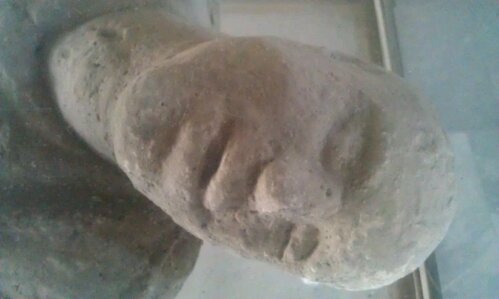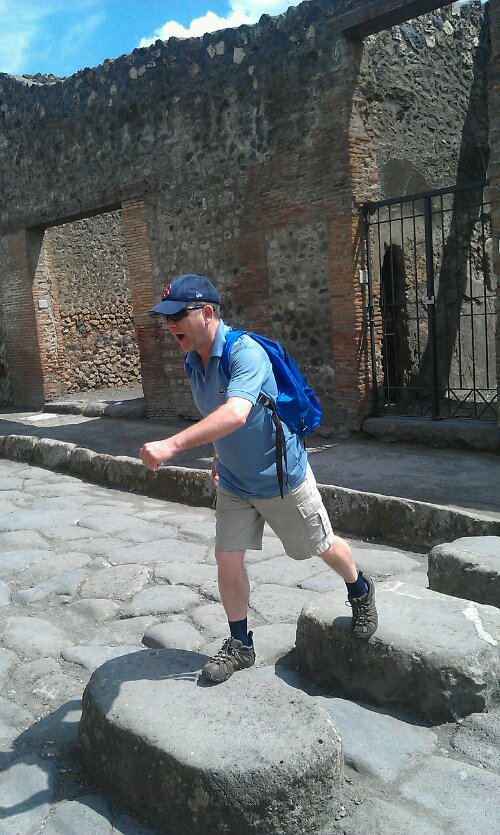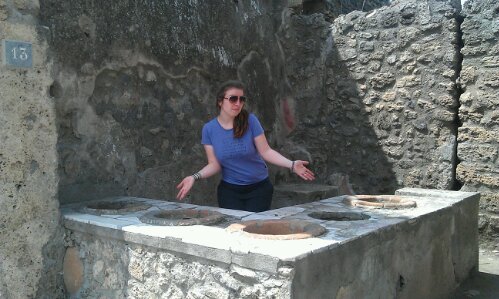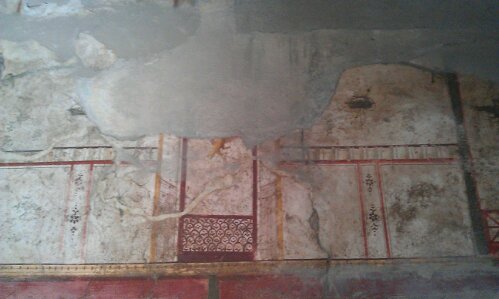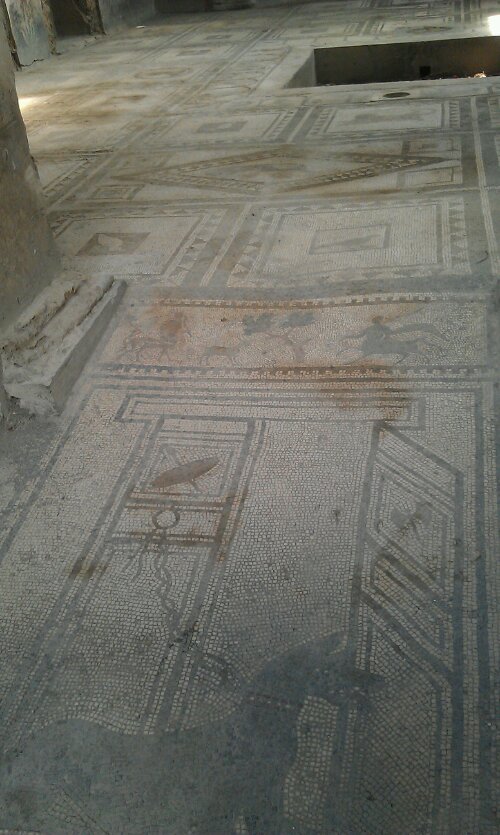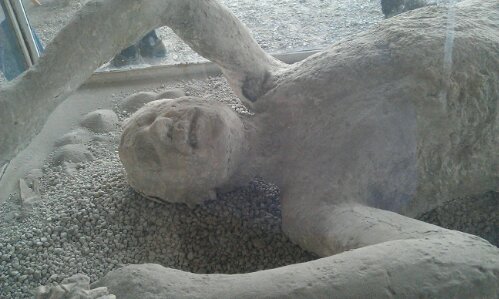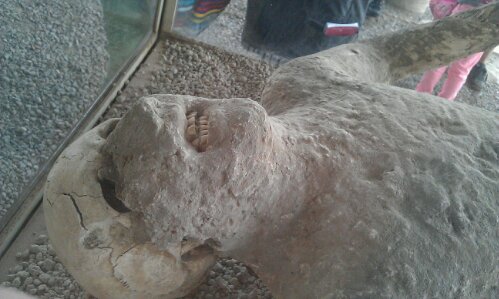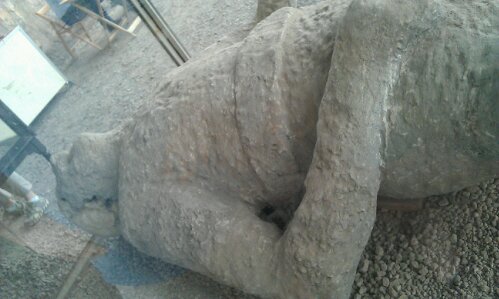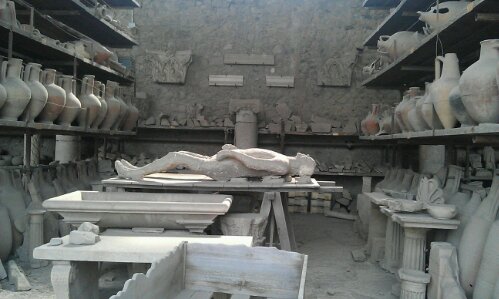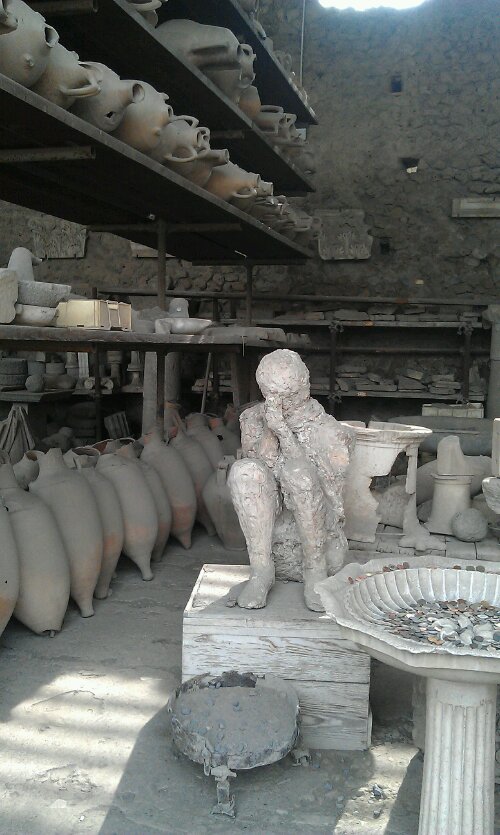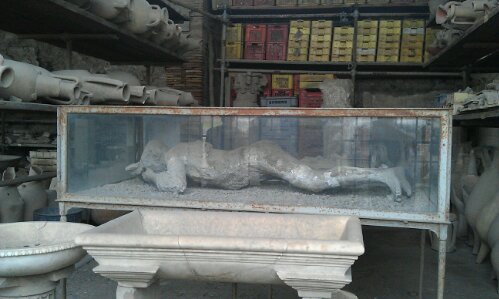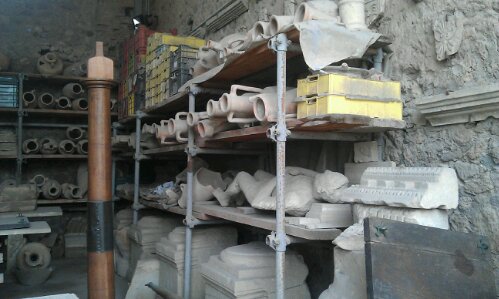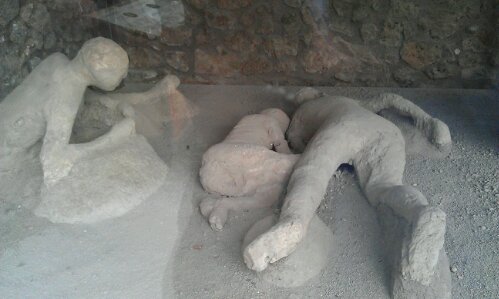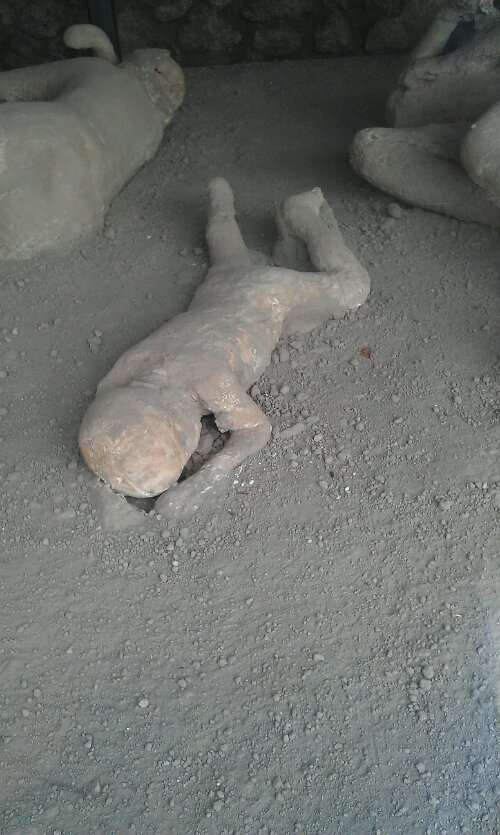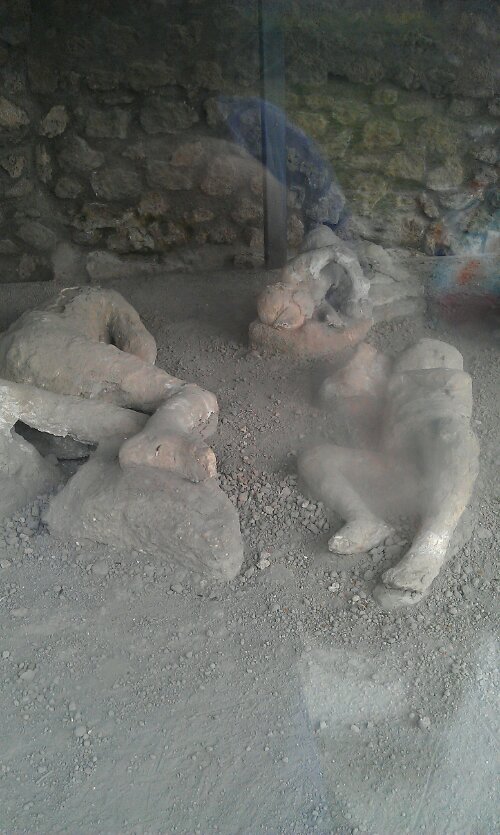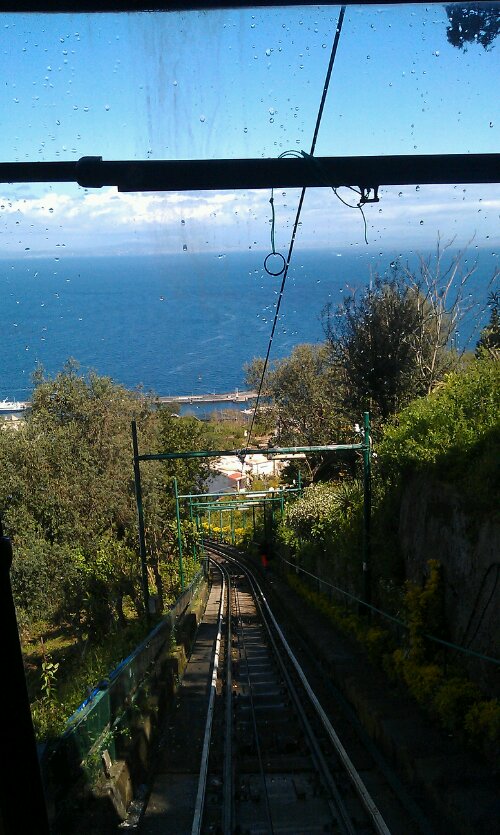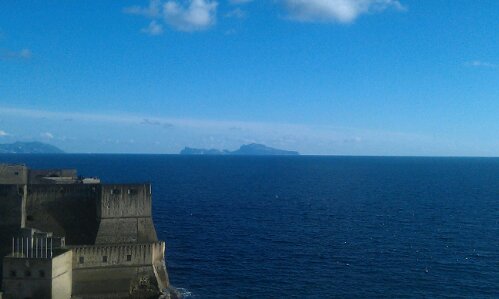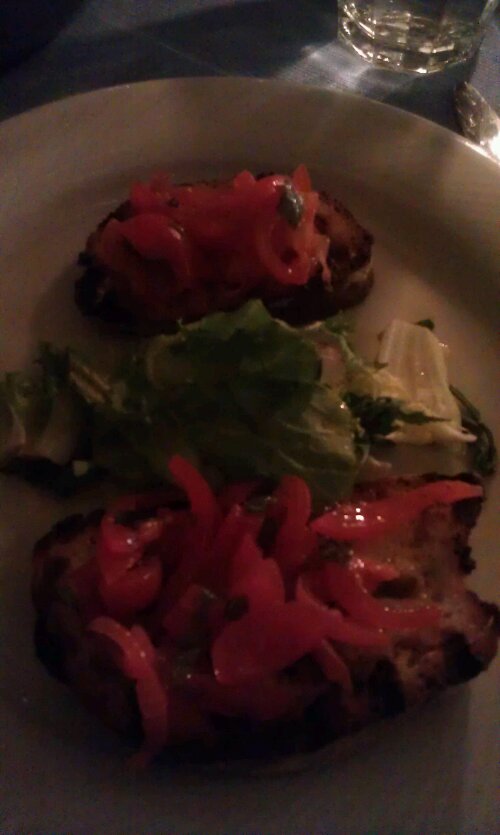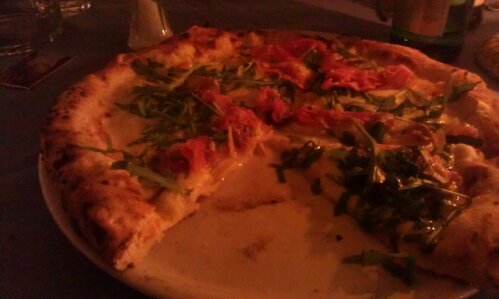TIBERIUS' PALACE!
In
yesterday's post, I mentioned that we'd had an eventful evening. And I wasn't lying. It started with a simple look through our guidebooks for restaurant recommendations. We read a write up for a place called Savardina da Edoardo which sounded pretty good. It was everything I look for in an Italian restaurant when romanticising about my ideal place to eat. The review said things like 'set among the orange and lemon groves' and 'family-run' and 'welcoming atmosphere' and 'fantastic service.' It also said it would be the perfect place to stop for lunch or dinner when trekking up to see the Villa Jovis.
This sent us on a search to find out what the Villa Jovis was. It is the name of the Roman emperor Tiberius' palace on Capri. He moved there ten years before his death, for fear of being assassinated if he stayed in Rome, as had happened to Augustus before him. He ruled the Roman Empire from Capri, through a network of fires and smoke signals to convey his orders which seems, to me, an inconvenient way of doing things. But who am I to pass comment on the most successful empire the world has ever seen?
And so, the scene was set. We would hike up to Tiberius' Palace, the Villa Jovis, in the early evening then come half way back down the hill, to the Trattoria Savardina where we would have dinner, then finish the walk back to our hotel at a leisurely pace.
Off we went, at about 7pm, so a little later than planned but Danda found out that Chelsea were playing football so he stayed in the hotel to watch it. We walked up the steep steep hill, looking to the top of the hill, excited to go and see these two thousand year old ruins of the emperor's palace.
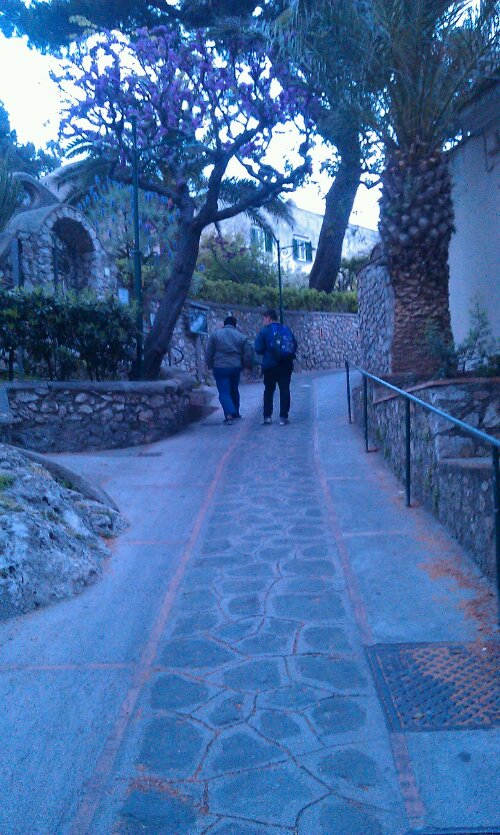
I wanted to stand at the edge, looking out over the Bay of Naples and imagine being the emperor. I wanted to imagine living on top of the steep unforgiving cliff edges, called Tiberius' Leap, as Tiberius forced people to throw themselves off it if they had displeased him.
As we worked our way further up, we realised that this is where the local Capresi people live. The town and shopping area had once been fisherman's villages but has now been given over to pleasure seeking tourists and the locals have headed up into the hills. We passed a school, working farms, lemon tree groves - all the signs of village life in Italy.
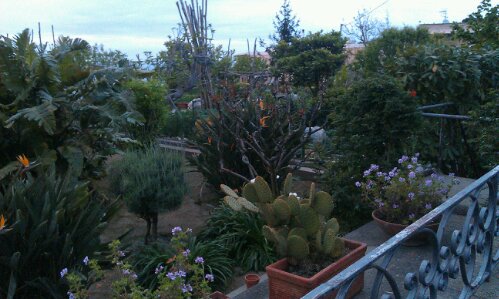
We rounded a corner and suddenly, as the light was fading in the sky, everything was tinged with the beautiful colours of the setting sun.
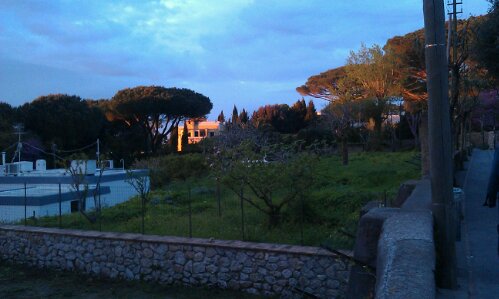
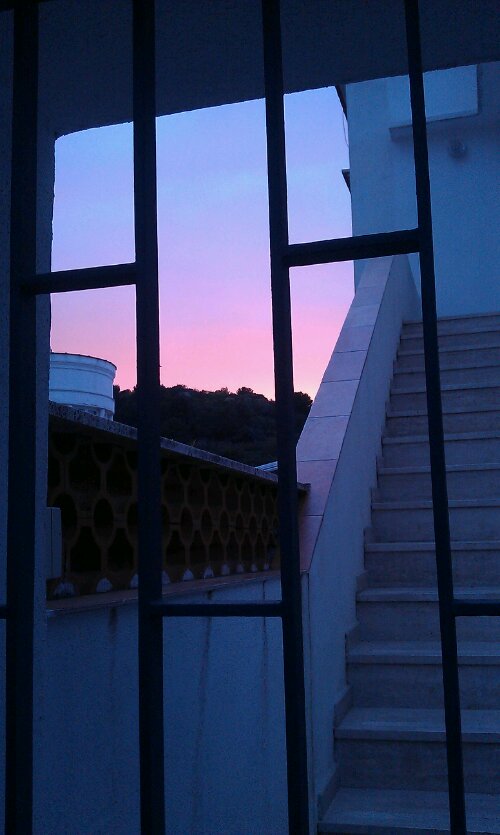
We kept on heading up. We could see the Villa Jovis complex up ahead of us but it was still a fair walk. We got our groove on and sped up. As we passed a couple in the street and stopped to work out how much further it was, the young man asked if we spoke English then said, 'Villa Jovis?' We nodded vigorously and pointed to check if we were heading in the right direction.
Then he said, easily and casually, as though the information were no big deal, 'It's closed.'
We stopped, unsure if maybe 'closed' might be the Italian word for 'open.'
'But you can go up this path,' he said, pointing into the dense trees to our right, 'And come to some safety bars and you can see the best view in Capri.'
With nothing to do but trust him, we clambered up off the path and into the trees, the light fading fast, and crept along the edge until we came to the view point.
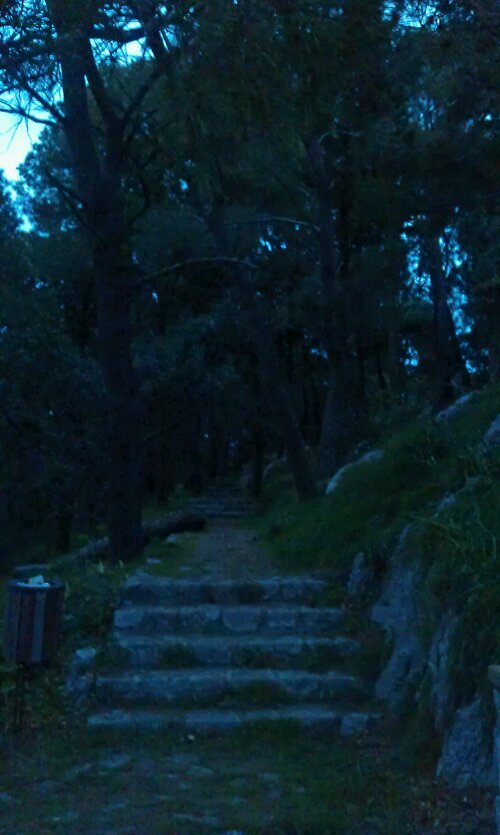
And it was glorious. We were
so high up and the whole of the island spread out below us and we thought, with wonder, of how such a small place had brought us such joy.
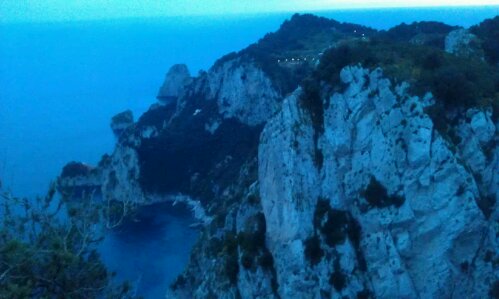
After a little while, we were getting hungry so we headed back down to the path and along the road called Via Lo Capo, to look for our restaurant, to ease the disappointment of not making it to the Villa Jovis.
We went up, we went down, we went around and in and out and about and eventually asked a lady passing by, to show us the way to the trattoria. I was ready for the lemon groves and the family-run and the welcoming atmosphere.
We did find it in the end. Look.
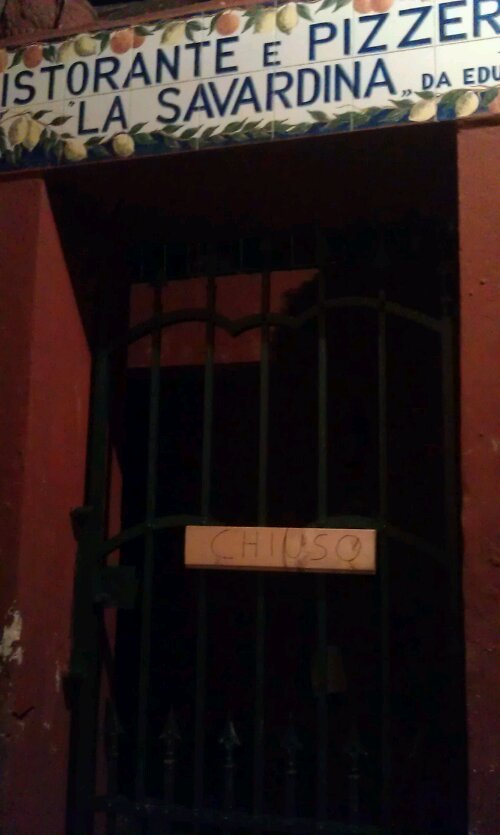
And in case, like me, you are thinking it is not what it looks like, then let me tell you, I tried the handle and no, it definitely was
not open. So both things we had come up the hill for were closed.
After navigating the hills back down with some difficulty, we had dinner in the Aurora restaurant which we had seen with good reviews (the likes of Mariah and Beyonce have eaten here) and we didn't regret it. It was the most beautiful food I have eaten in a
long time.

The pre-dinner nibbles.
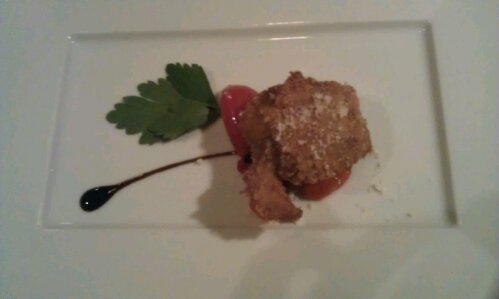
Aubergine stuffed with mozzarella

Insalata Caprese
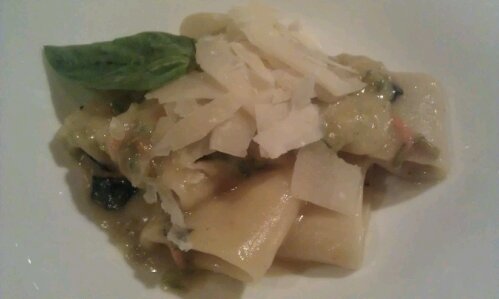
Pasta with zucchini flowers and parmesan
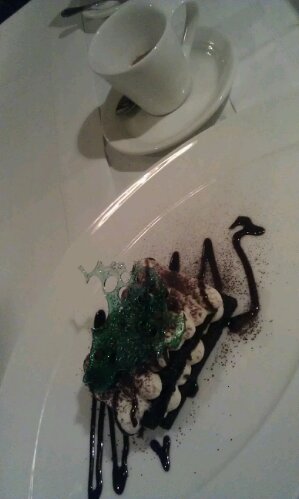
Tiramisu and espresso, the dessert of champions
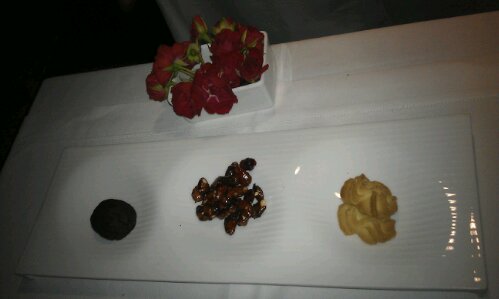
Post dinner nibbles
It was the perfect end to an unexpected evening. The palace and restaurant were closed but the viewpoint and alternative dining were more than fabulous!
